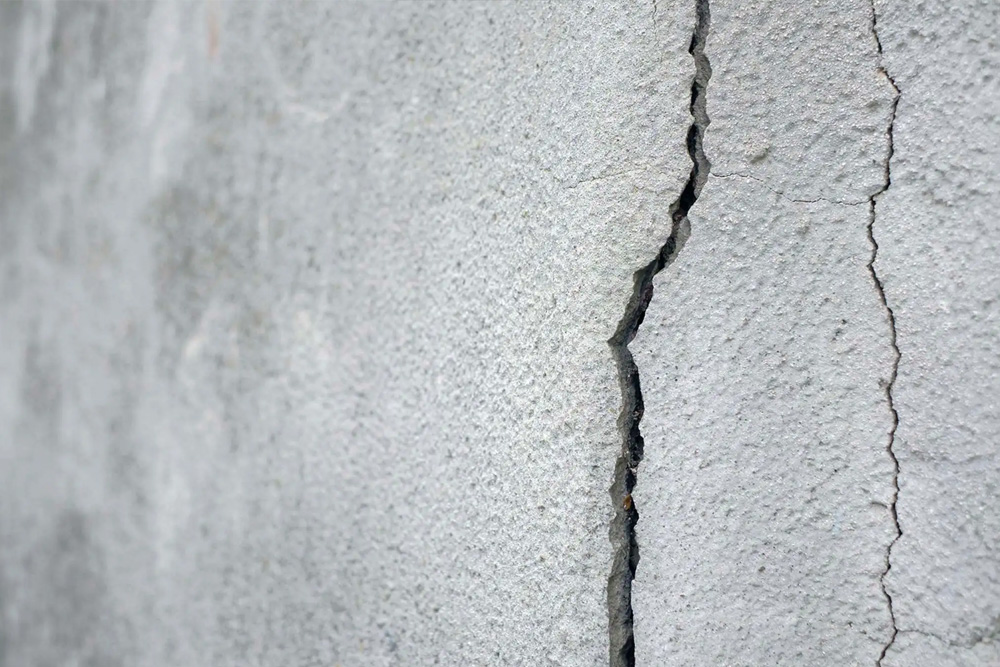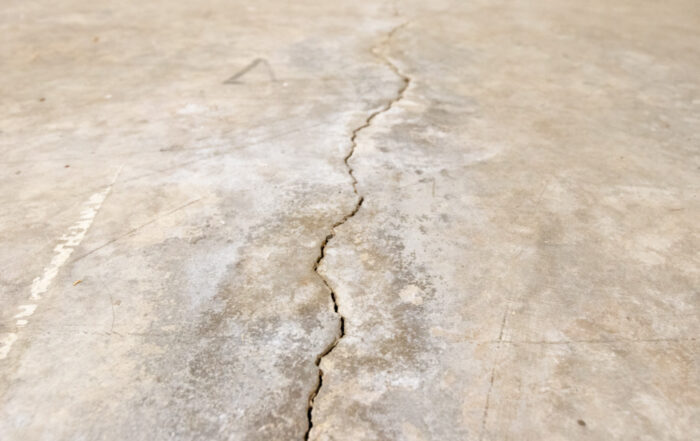How to Fix Foundation Cracks: Your Ultimate Guide

Foundation cracks can feel like the boogeyman of homeownership—one day, you’re admiring your well-kept home, and the next, you spot a crack creeping along your foundation. Yikes! But before you start imagining your house crumbling to the ground, let’s take a deep breath. Not all cracks are catastrophic, and many of them can be fixed with relative ease.
In this article, we’ll walk you through how to fix foundation cracks, how to tell the difference between serious and harmless cracks, and why taking action sooner rather than later can save you a whole lot of hassle down the road.
Let’s make foundation repair less intimidating—and maybe even a little fun!
What Causes Foundation Cracks?
Before grabbing your DIY toolkit, it’s helpful to understand what’s causing your foundation cracks in the first place. Homes naturally settle over time, and as the ground beneath them shifts, the foundation can crack. But not all cracks are created equal—some are purely cosmetic, while others signal more serious issues.
1. Soil Settlement
Soil settlement is one of the most common causes of foundation cracks. As the ground beneath your home shifts or compacts, the foundation moves with it. A little shifting is normal, but if the soil settles unevenly, it can lead to larger cracks.
2. Moisture Levels
Water can be a blessing or a curse for your home’s foundation. If the soil around your house becomes too wet (due to heavy rains or poor drainage), it can expand and put pressure on the foundation walls. Conversely, if the soil dries out too much, it can contract, leaving gaps that cause the foundation to shift.
3. Temperature Changes
Extreme temperature fluctuations can cause the materials in your foundation to expand and contract, leading to cracks over time. If you live in an area with cold winters and hot summers, you may notice more cracking due to the constant freeze-thaw cycle.
4. Tree Roots
Those majestic trees in your yard can be silently wreaking havoc on your foundation. As tree roots grow, they can push against your foundation, leading to cracks. It’s like nature’s way of reminding you that nothing stays perfect forever!
5. Poor Construction
Sometimes, the root cause of foundation cracks is a poorly constructed foundation. If your foundation wasn’t built with the right materials or techniques, it might be more prone to cracking, even in ideal conditions.
Types of Foundation Cracks
Before you dive into repairing your foundation, it’s important to identify what kind of crack you’re dealing with. Different cracks tell different stories about what’s going on beneath the surface.
1. Hairline Cracks
These are the most common types of cracks and are usually nothing to worry about. Hairline cracks often appear as a result of natural settling or slight changes in temperature. While they’re typically cosmetic, it’s a good idea to monitor them to ensure they don’t get worse over time.
2. Vertical Cracks
Vertical cracks are another common type, often caused by normal settling or minor shifts in the soil. These cracks usually run straight up and down and can often be fixed relatively easily with a bit of DIY work.
3. Horizontal Cracks
Now we’re getting into more serious territory. Horizontal cracks typically appear when pressure from the soil is pushing against your foundation walls. These cracks can compromise the structural integrity of your home, so if you spot one, it’s time to take action—potentially with the help of a professional.
4. Diagonal Cracks
Diagonal cracks can be caused by uneven settlement of your foundation or changes in the soil moisture levels. These cracks can range from minor to more serious, depending on their width and severity.
5. Stair-Step Cracks
Often found in brick or block foundations, stair-step cracks follow the mortar lines in a zigzag pattern, resembling a set of stairs. These cracks can be caused by soil movement or foundation settling and should be addressed quickly before they worsen.
DIY Foundation Crack Repair: What You Can Do
Got your toolkit ready? Good! Many minor foundation cracks can be tackled on your own with the right materials and a bit of elbow grease. Let’s go through the process step-by-step.
1. Inspect the Crack
The first step is to inspect the crack to determine if it’s a minor issue or something more serious. Measure the width of the crack—if it’s less than 1/4 inch wide, it’s usually safe to fix on your own. However, if the crack is wider than that or continues to grow over time, it’s best to call in a professional.
2. Clean the Crack
Before you can repair the crack, you need to clean it out. Use a wire brush or vacuum to remove any loose debris, dirt, or dust from the crack. A clean surface will allow the repair material to adhere properly.
3. Seal with Epoxy or Polyurethane Foam
For smaller cracks, an epoxy or polyurethane injection is a great way to fill and seal the crack. Both materials expand as they cure, effectively filling the space and preventing water from seeping in. Here’s how to do it:
- Mix the Epoxy or Polyurethane: Follow the instructions on the product packaging to mix the material.
- Inject into the Crack: Using a caulking gun, inject the epoxy or foam directly into the crack. Start from the bottom and work your way up to ensure complete coverage.
- Allow Time to Cure: Let the material cure as recommended on the packaging. This can take anywhere from a few hours to a couple of days, depending on the product.
4. Apply Hydraulic Cement for Active Leaks
If you’re dealing with a crack that’s actively leaking water, hydraulic cement is your best bet. This fast-setting material expands as it hardens, creating a watertight seal. Simply mix the cement according to the instructions, apply it to the crack, and let it cure.
When to Call a Professional
While many foundation cracks can be fixed with a little DIY work, some situations call for a professional’s expertise. Here’s when it’s time to bring in the experts.
1. Wide or Expanding Cracks
If a crack is wider than 1/4 inch, or if it continues to grow over time, it could indicate a more serious structural issue. A foundation repair professional can assess the damage and determine the best course of action.
2. Horizontal Cracks
As mentioned earlier, horizontal cracks can compromise the structural integrity of your home. If you notice a horizontal crack in your foundation, don’t wait—call a professional immediately.
3. Signs of Water Damage
If your foundation cracks are accompanied by signs of water damage (such as mold, mildew, or damp walls), it’s a good idea to get a professional opinion. They can help you identify the source of the leak and recommend solutions to keep your foundation dry.
4. Multiple Cracks
If your foundation has multiple cracks in different areas, it may be a sign of widespread settling or soil movement. A professional can evaluate the situation and provide recommendations for repairing the foundation and preventing future cracks.
Preventing Future Foundation Cracks
You’ve fixed your foundation cracks—now let’s keep them from coming back! Here are some tips to prevent future cracks from forming.
1. Maintain Proper Drainage
One of the best ways to prevent foundation cracks is to keep water away from your foundation. Ensure your gutters and downspouts are clear of debris, and make sure water is directed away from your home.
2. Control Moisture Levels
Maintain consistent moisture levels around your home to prevent the soil from expanding or contracting. Water your foundation during dry periods, and avoid planting trees too close to your house, as their roots can disrupt the soil.
3. Monitor for New Cracks
It’s a good idea to inspect your foundation periodically for new cracks. Catching them early can save you from dealing with more serious damage later on.
Final Thoughts: Keep Your Foundation in Tip-Top Shape
Fixing foundation cracks may not sound glamorous, but it’s an essential part of maintaining a healthy home. By understanding what causes these cracks, learning how to repair them, and knowing when to call a professional, you can keep your foundation solid and your home safe for years to come. Remember, your foundation is literally the base of your home—so a little care and attention go a long way!



